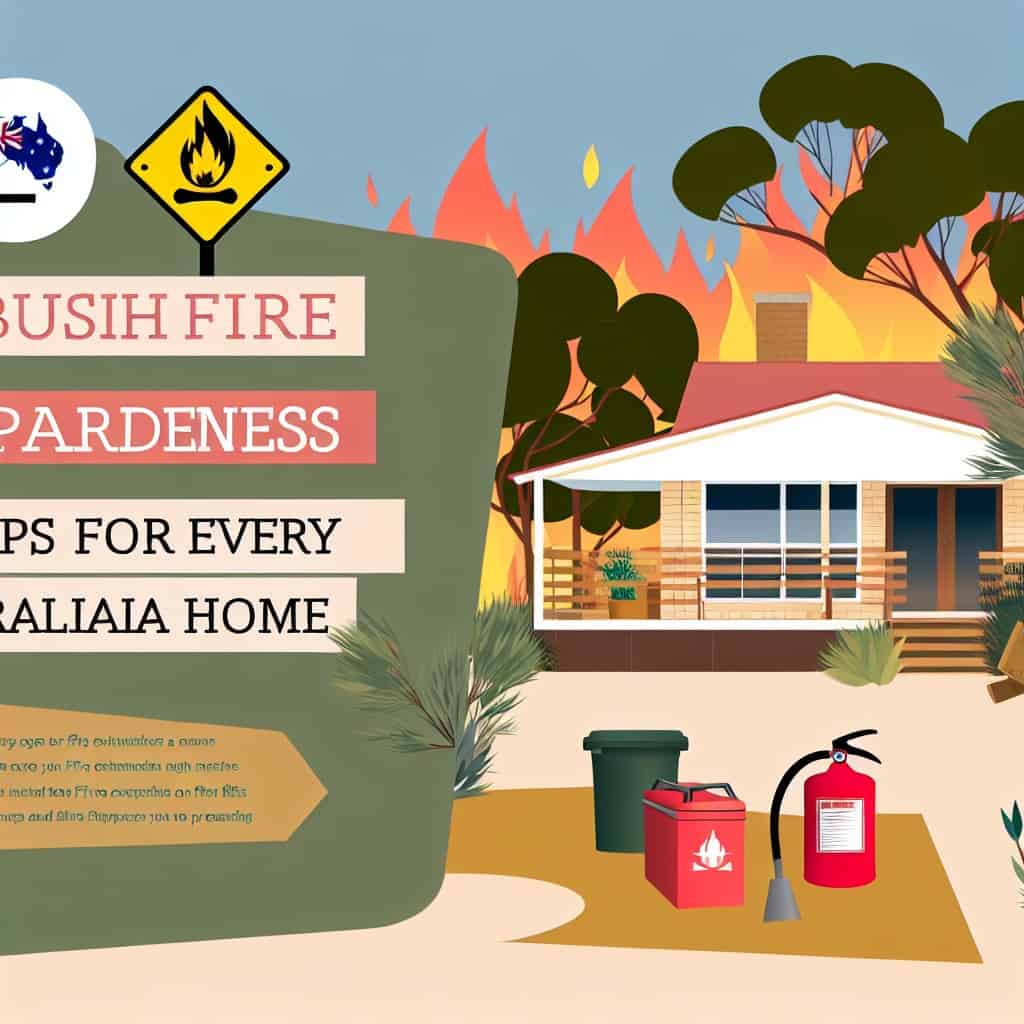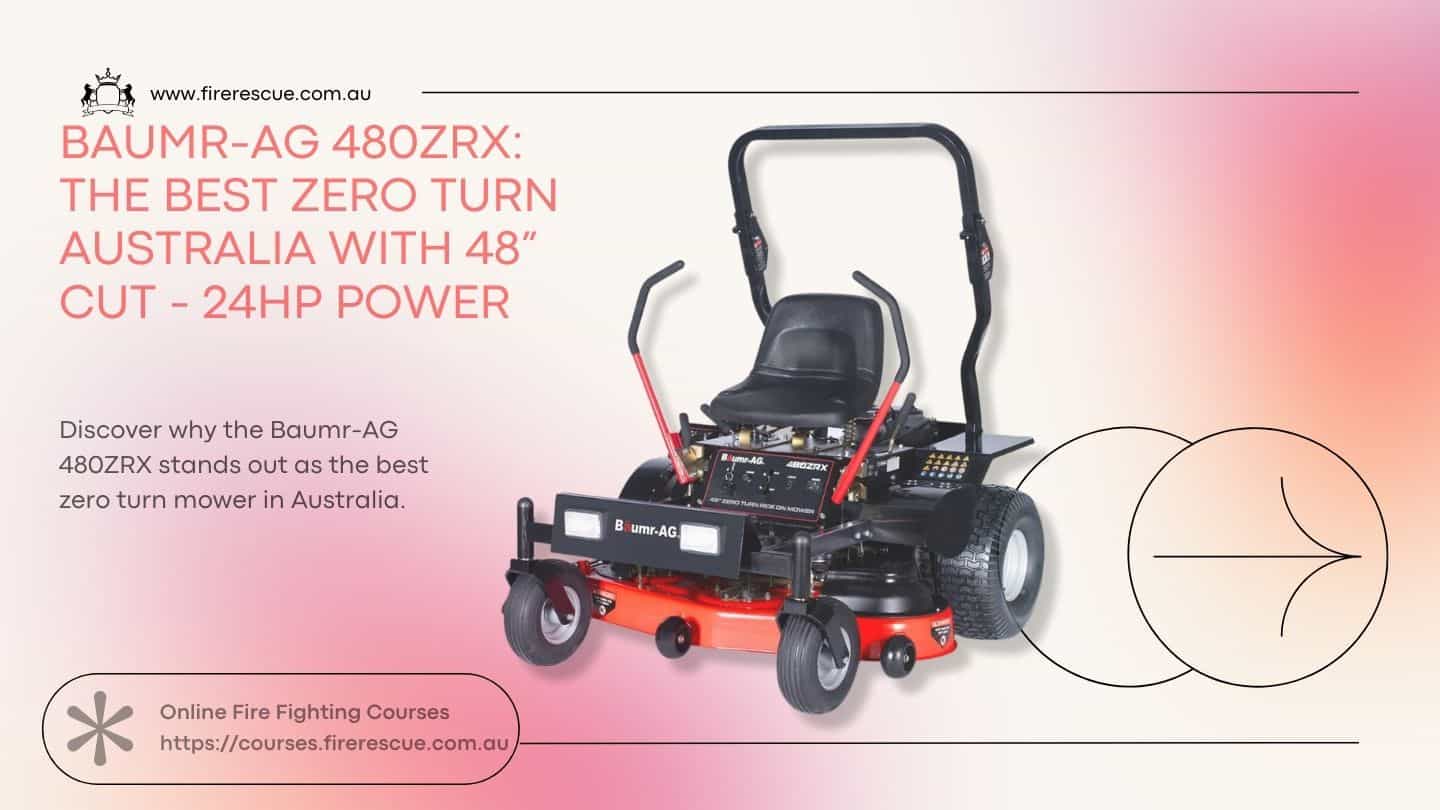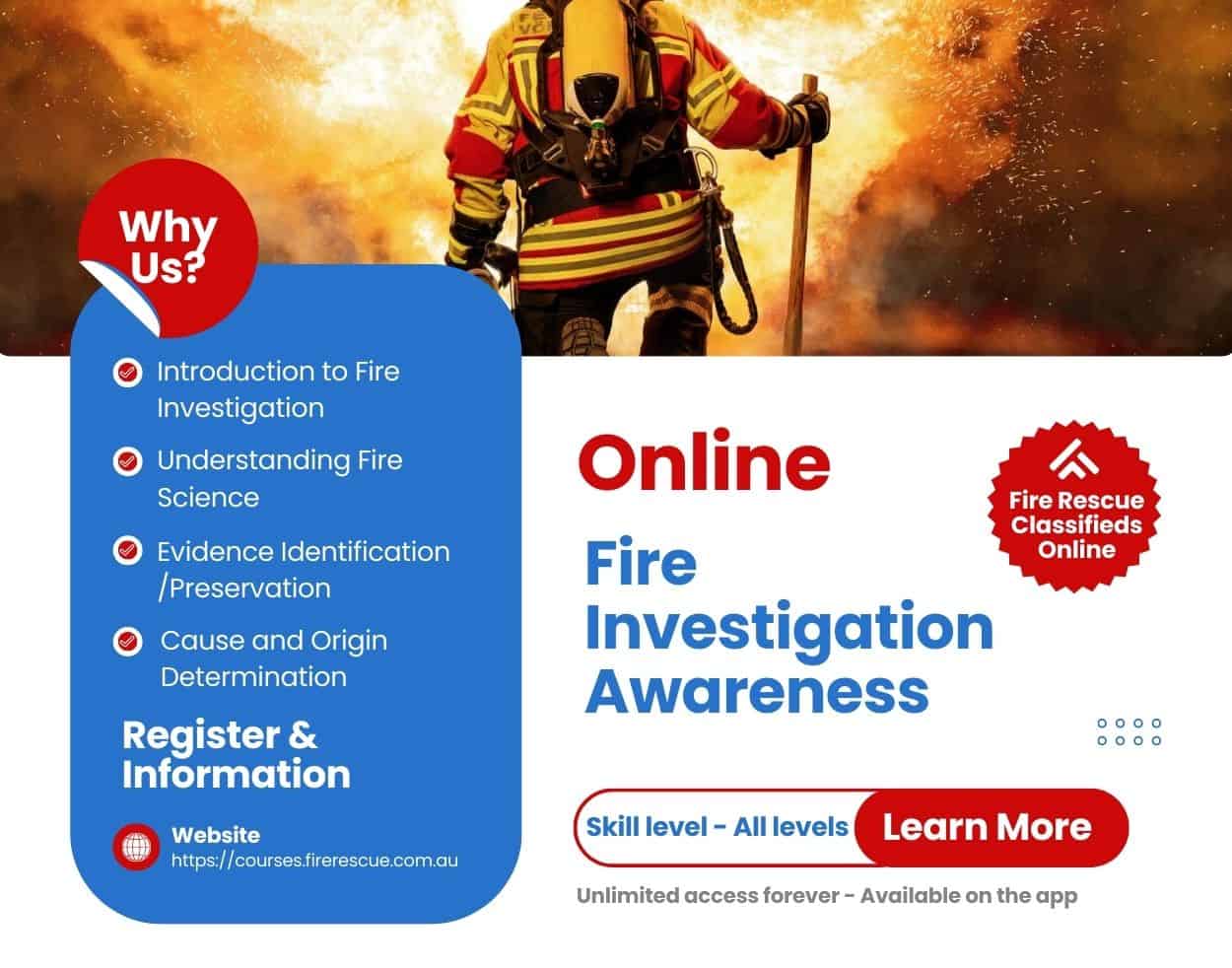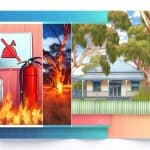G’day, fire-smart Aussies! It’s that time of year again—when we brace ourselves for the intense heat, smoky skies, and the possibility of bushfires sweeping through our beautiful land. Bushfires are as much a part of the Australian summer as backyard barbecues and cricket, but unlike a burnt sausage on the grill, a bushfire is serious business. Being ready to protect your home and family is not just a good idea—it’s essential to keep lives, properties, and communities safe.
Here at Fire Rescue Classifieds, we care about keeping you prepared for fires. So, grab a cup of tea, settle in, and let’s talk about what you can do to protect your home and loved ones from those fierce Aussie flames.
Understand Your Bushfire Risk
Before you can protect yourself, you need to know what you’re up against. Bushfires don’t play favorites—they’re unpredictable, fast, and very dangerous. Here’s how to outsmart them:
Assess Your Location’s Risk Level
Start by looking closely at where you live. If you’re surrounded by bushland, grassland, or dry plants, you’re likely in a high-risk area. Local fire authorities provide maps and resources to help you find out your bushfire risk rating.
Take note of any nearby national parks or forests, as they often become bushfire hotspots. If the thought of your backyard going up in flames doesn’t have you planning already, we’re here to give you more reasons!
Stay Informed About Fire Danger Ratings
You’ll see the Fire Danger Rating scale on roadside signs, in the news, and probably hear about it from local kids practicing their emergency drills. This tool tells you how serious a fire could be in your area today, with categories ranging from “Low-Moderate” to “Catastrophic.”
Pro tip: If “Catastrophic” lights up, it’s time to pack the car and leave early. Don’t wait for the sky to turn red; trust the experts and get moving.
Understand How Bushfires Spread
Bushfires don’t just stroll through the landscape like a koala looking for a gumtree. They roar. Wind, the shape of the land, and dry vegetation play key roles in how quickly they spread. Homes on slopes are particularly at risk—fires move faster uphill, and it’s more like a mad dash than a casual jog.
Create a Home Bushfire Survival Plan
Failing to plan is like planning to fail, especially during bushfire season. A solid bushfire survival plan is your guide to safety when disaster strikes. Don’t wing it; sit down with your family and get everyone ready.
Develop a Fire Escape Plan
Picture this: It’s a scorching, smoky afternoon, and you’ve just heard the emergency alert on your phone. What’s your next move?
- Decide on a clear escape route ahead of time, avoiding roads that go through dense bushland (which could become blocked).
- Plan multiple exits from your home.
- Choose a safe meeting point, like a local evacuation center or a family member’s house in a low-risk area.
Practice Makes Perfect
This isn’t the Olympics, but this is one drill you have to get right. Practicing your evacuation plan regularly—not just once every five years—helps everyone stay calm and coordinated. And yes, your kids might roll their eyes, but one day they’ll thank you.
Consider All Scenarios
Some fires will give you enough notice to leave, while others might move in faster than magpies during swooping season. Be ready to stay and defend your home only if it’s well-equipped for it and you’re prepared to fight flames. Otherwise, leaving early is always the safest choice.
Don’t Forget Furry and Feathered Friends
Your pets and livestock shouldn’t be an afterthought. Create a pet evacuation plan with carriers, food, water, and vet records ready to go. Pro tip: Fire-resistant dog booties exist, and yes, they’re both adorable and practical!
Prepare Your Property to Minimize Risks
They say an ounce of prevention is worth a pound of cure, and with bushfires, that’s absolutely true. A little work now can mean the difference between your home standing strong or being reduced to ashes.
Clear Vegetation and Debris
Time to become a gardener! Dry leaves, overgrown bushes, and piles of dead branches are like fire fuel waiting for a spark. Clean up your property by:
- Clearing leaves and sticks from gutters (fewer mosquitoes there too!).
- Raking dry leaves and grass away from your home.
- Removing flammable items like wooden outdoor furniture from your deck or porch.
Maintain Your Garden
You don’t have to remove your backyard entirely; just pick firewise plants that aren’t flammable. Choose plants with high water content, like succulents, and keep any bushes trimmed. Got low-hanging branches near your home? Cut them off.
Create a Defensible Space
Bushfires don’t knock before barging in. Make a 20-meter safety zone around your home where fire has little to spread to. Keep your firewood stack at least 10 meters away from your house.
Fireproof Your House
You can make your house less flammable! Consider using fire-resistant materials for your roof, walls, and decking. And don’t forget ember-resistant screens for your windows, vents, and eaves—because nothing says “Not today, fire!” like a well-prepared home.
Assemble a Bushfire Emergency Kit
Your bushfire emergency kit is like a survival toolbox—compact yet powerful. Put it together ahead of time so you’re not scrambling when your adrenaline’s already high. Here’s what to include:
- N95/P2 masks: Because breathing in smoky air isn’t fun for anyone.
- Battery-powered radio: When cell towers fail, radio updates are your best source of information.
- Non-perishable food and water: Enough for at least three days. Bonus points for packing snacks your kids actually like.
- Phone charger and power banks: Because “low battery” is the last thing you want to see.
- First aid kit: Pack it well—band-aids and antiseptic cream are your MVPs here.
- Important documents: Keep them in a waterproof bag, like passports.
With these tips, you and your family will be more prepared and safer this bushfire season. Stay alert and stay safe!





